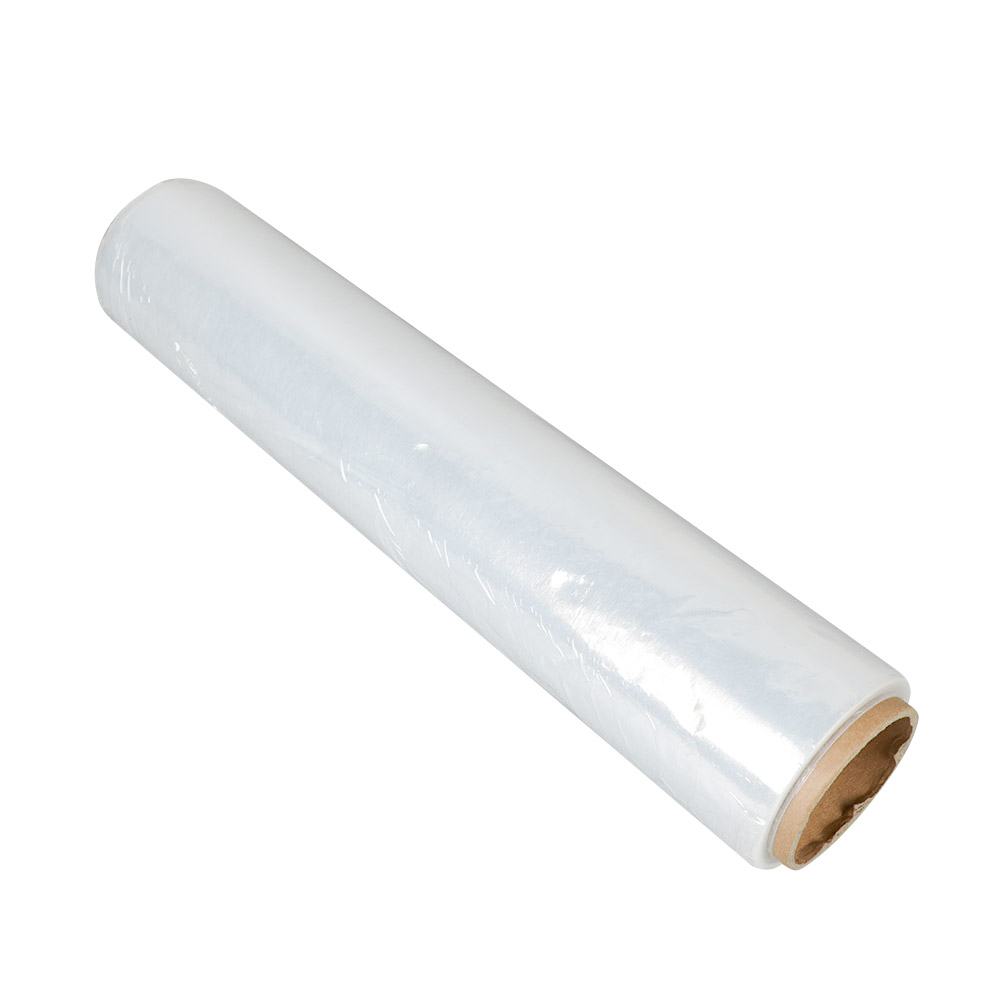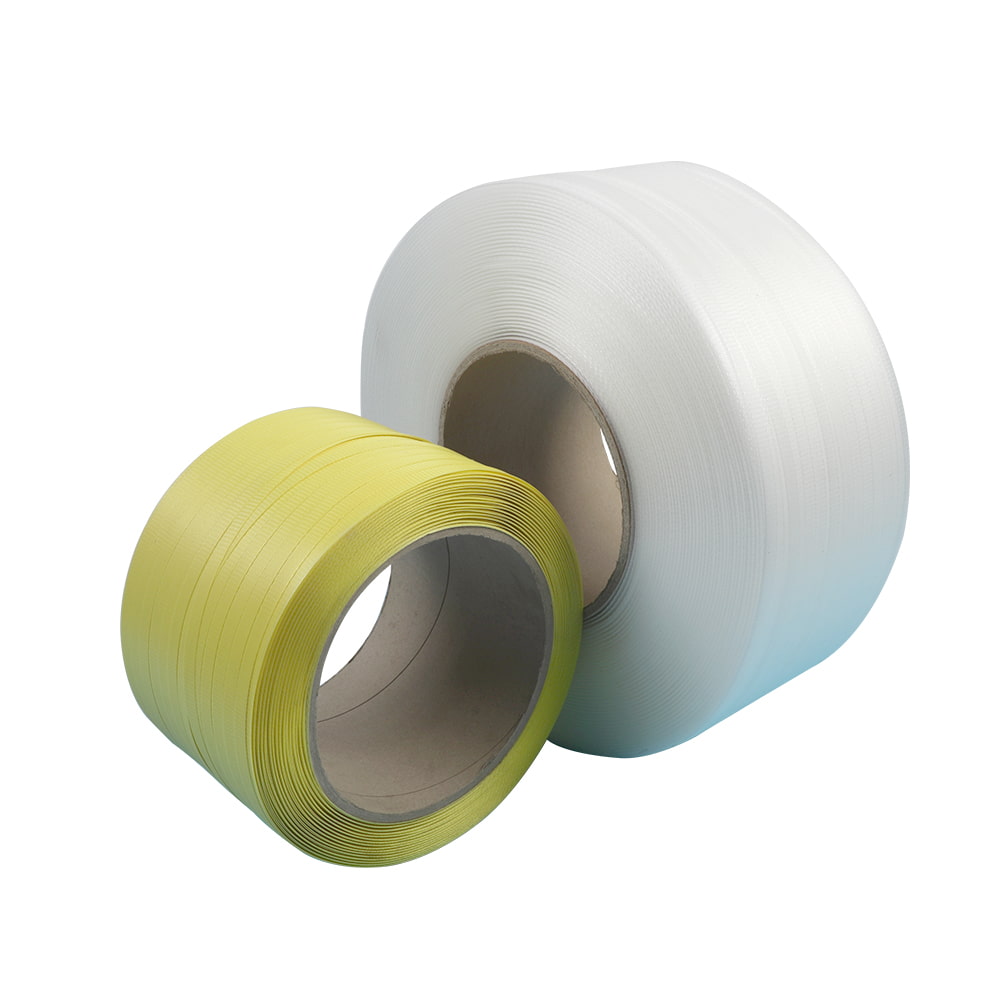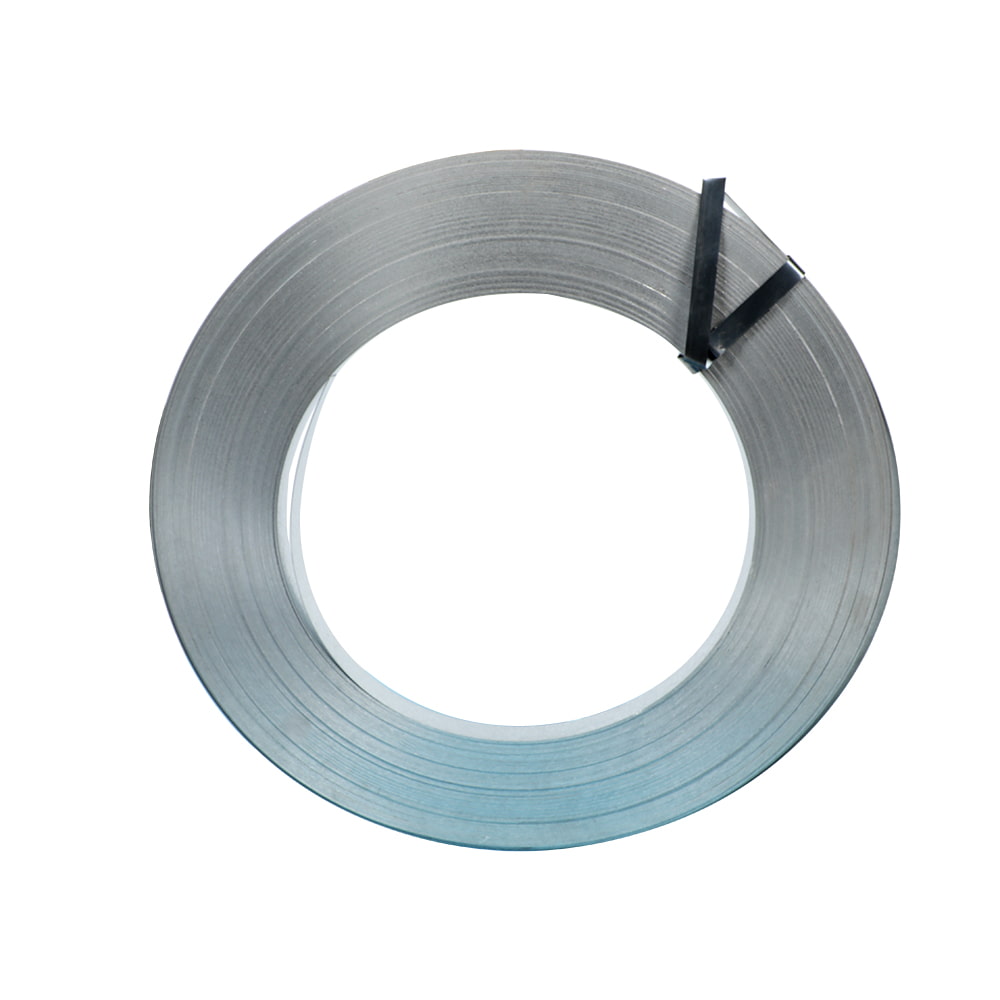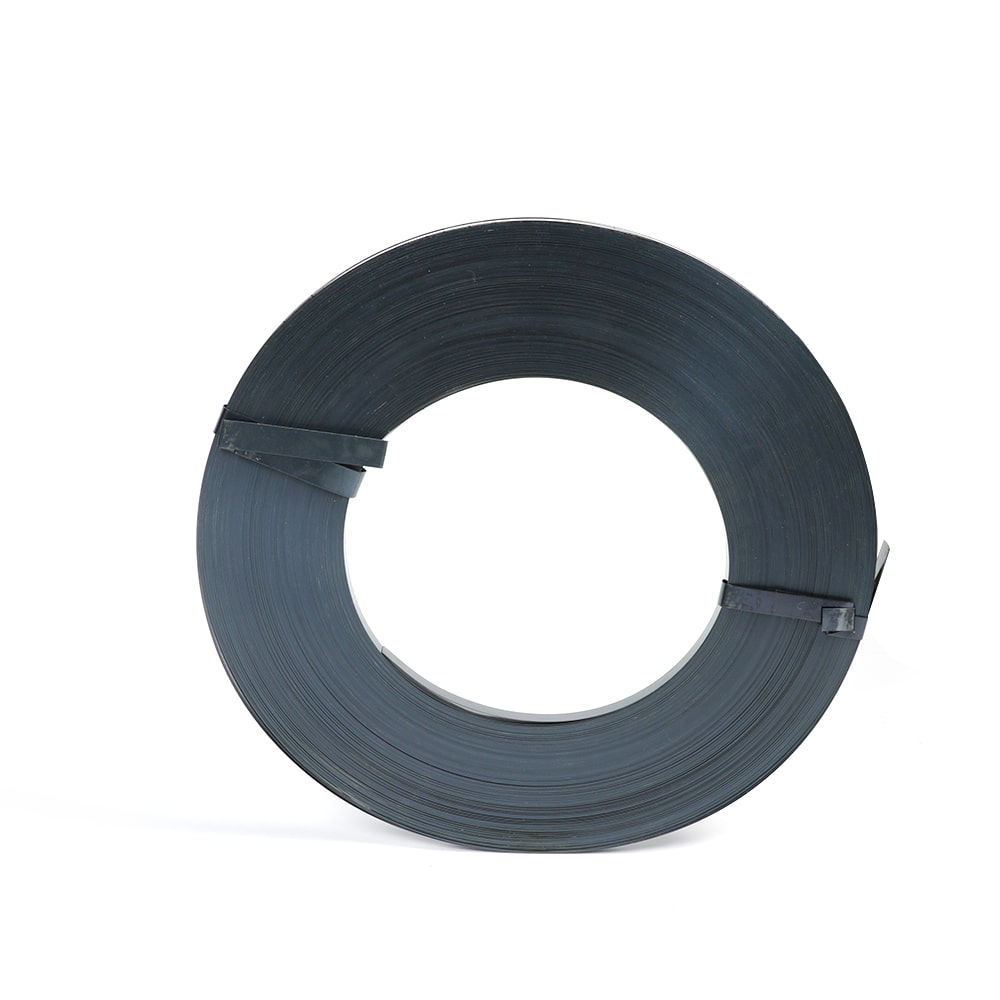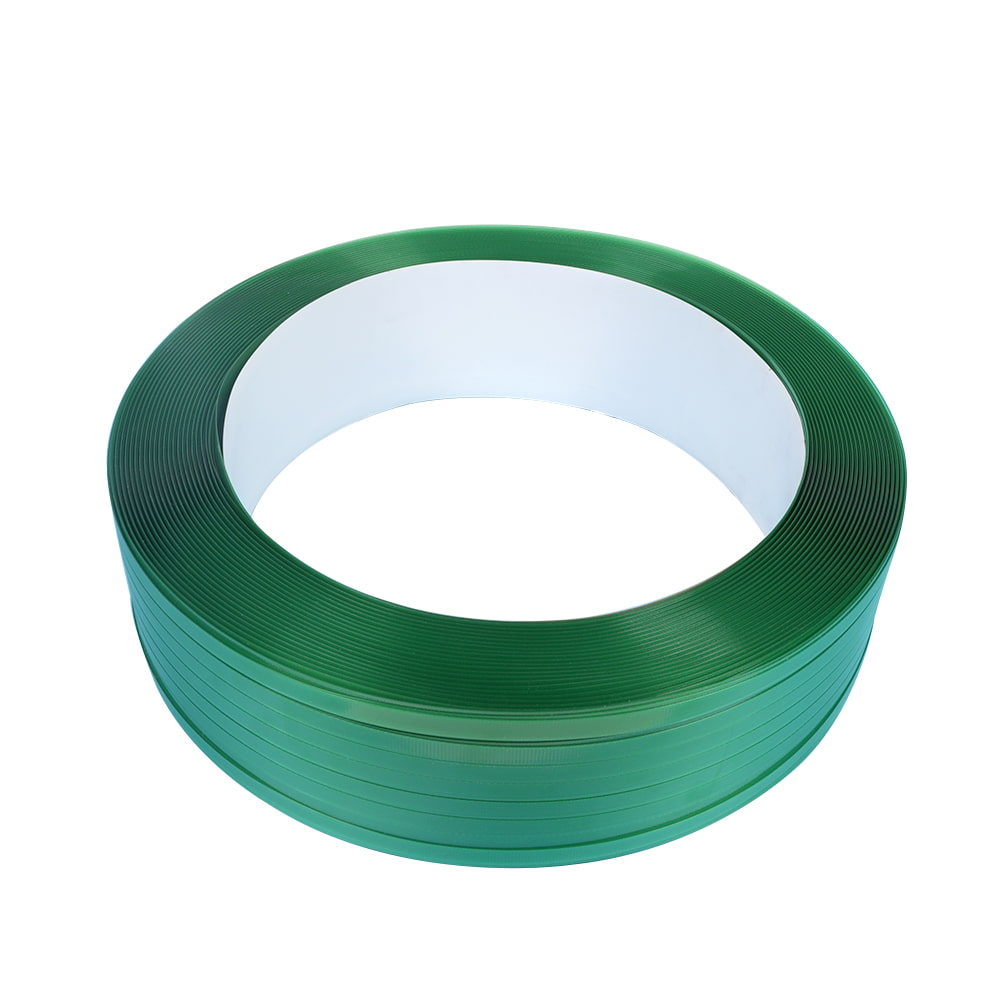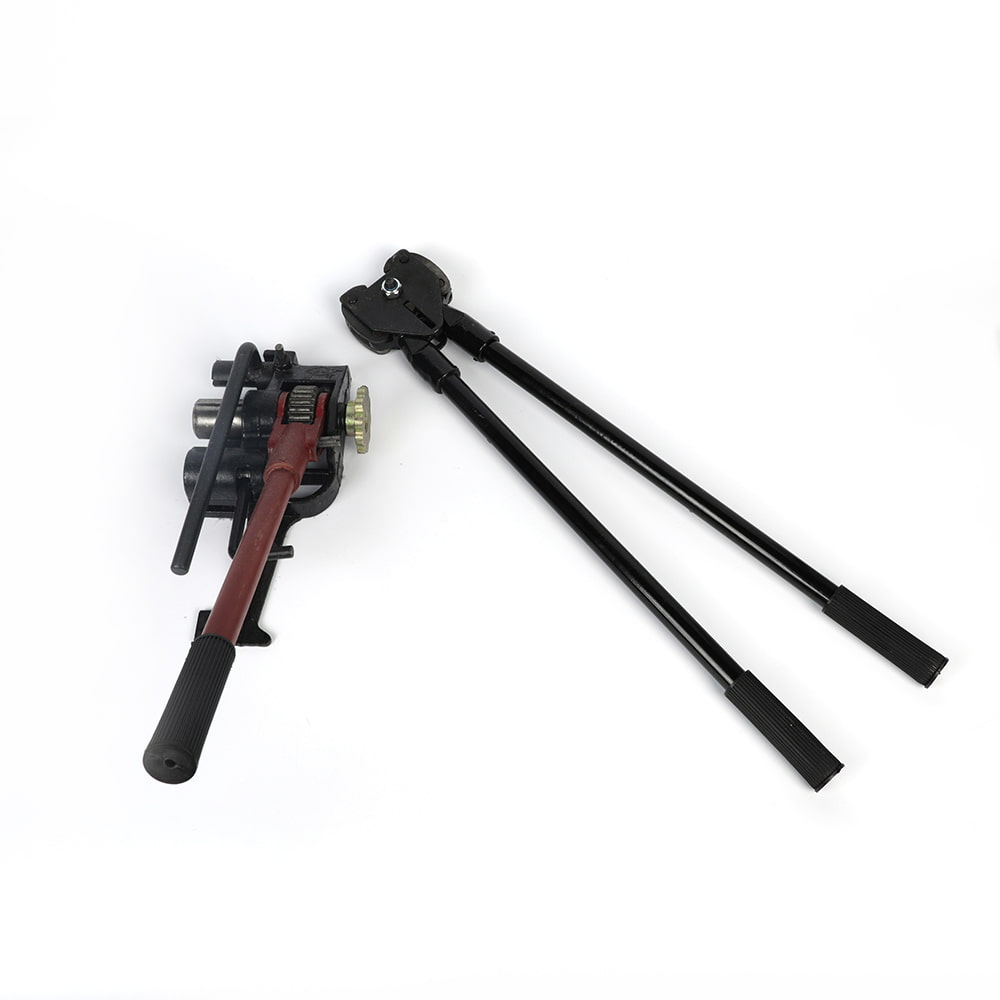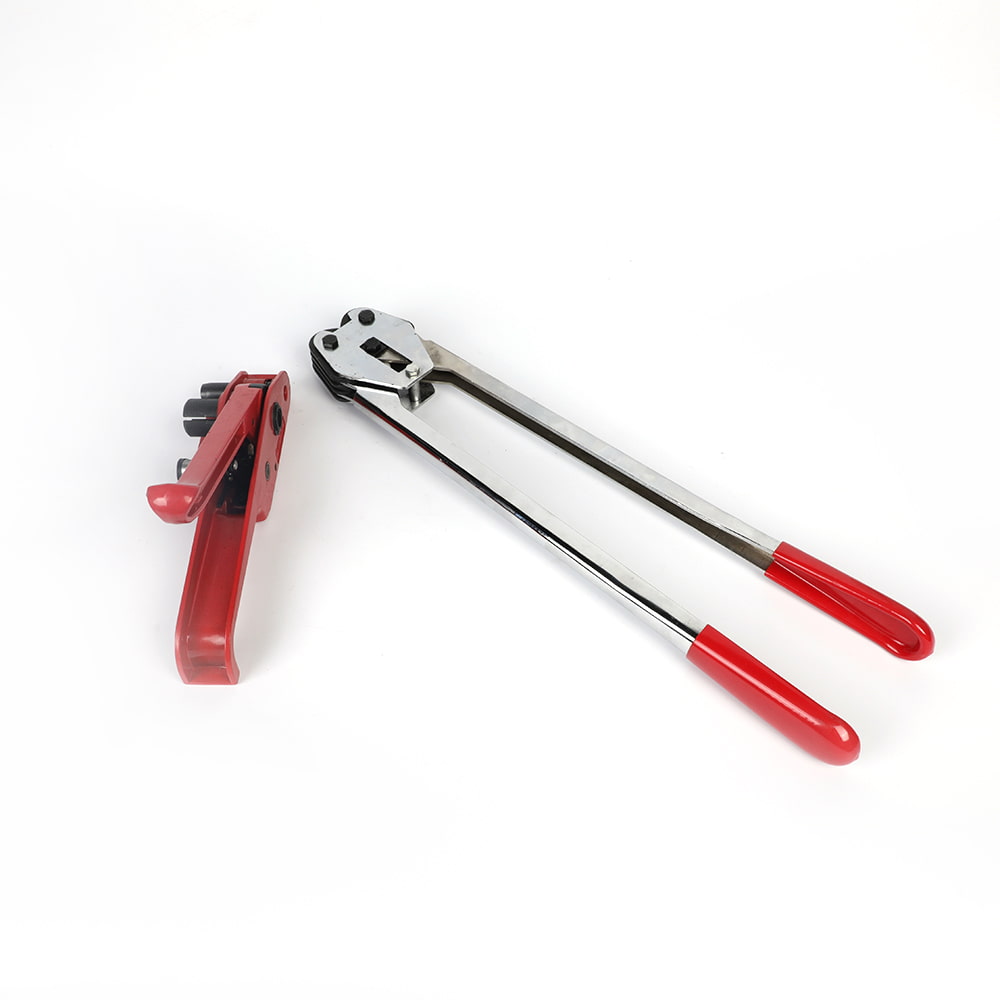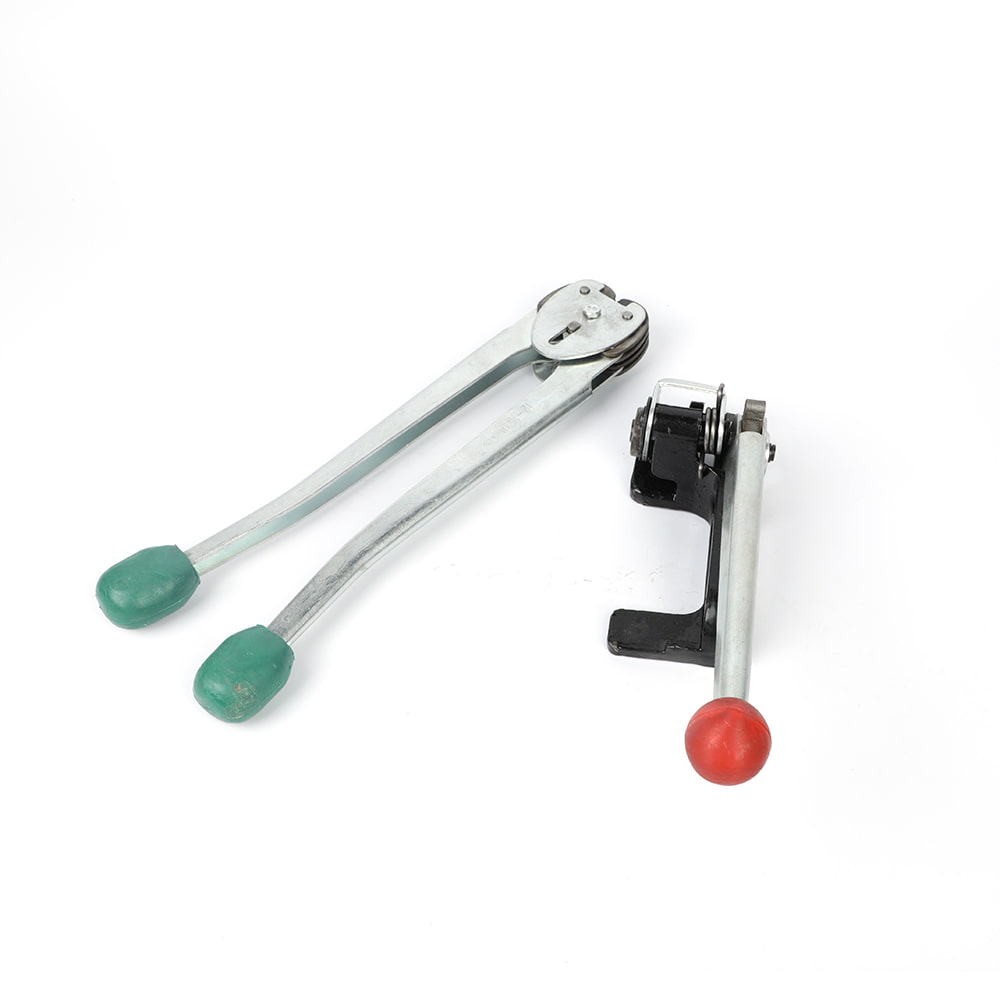The Science of Strapping: Understanding the Mechanics of Steel Strapping
Author:admin Date:2023-11-09
The science of strapping involves understanding the mechanics of steel strapping and its application in various industries. Steel strapping is a strong, flexible, and corrosion-resistant material commonly used for packaging and securing heavy objects. It is typically made up of a steel strip with teeth or hooks on one side and a stopper on the other, which allows it to be securely fastened.
One of the key mechanical properties of steel strapping is its tensile strength. This refers to the maximum force that the strapping can withstand before it ruptures or fails. Tensile strength is determined by the quality of the steel used, its thickness, and the manufacturing process. Strapping with a higher tensile strength can support heavier loads without breaking.
Flexibility is another important characteristic of steel strapping. It allows the strapping to adapt to the shape and size of the object being secured, ensuring a secure and snug fit. The flexibility of steel strapping also facilitates easy installation and removal, as well as the ability to bend around corners and contours.
Corrosion resistance is a crucial aspect of steel strapping, especially when used in outdoor or damp environments. The steel used in strapping is typically coated with a protective layer to prevent rust and corrosion. However, if the coating is damaged or the material is exposed to moisture and other corrosive agents for an extended period, it may eventually start to corrode. Therefore, proper maintenance and storage are essential to extend the lifespan of steel strapping.
In addition to its mechanical properties, steel strapping also plays an important role in various industrial applications. It is commonly used for palletizing, banding, and securing loads during transportation. Steel strapping helps ensure the stability and safety of stacked loads on pallets, preventing shifting or collapse during handling and transportation. It also provides added protection to fragile objects by distributing pressure evenly across a larger surface area.
Steel strapping is also used in logistics and shipping, where it is essential to secure large, heavy loads for transportation over long distances or through different environments. It provides a cost-effective and reliable solution for securing loads, ensuring their integrity during transit.
Overall, understanding the science of strapping involves comprehending its mechanical properties, such as tensile strength, flexibility, and corrosion resistance, as well as its application in various industries for packaging, securing, and protecting goods during transportation and logistics operations. Proper selection, installation, and maintenance of steel strapping can ensure its effectiveness and safety while extending its lifespan.
One of the key mechanical properties of steel strapping is its tensile strength. This refers to the maximum force that the strapping can withstand before it ruptures or fails. Tensile strength is determined by the quality of the steel used, its thickness, and the manufacturing process. Strapping with a higher tensile strength can support heavier loads without breaking.
Flexibility is another important characteristic of steel strapping. It allows the strapping to adapt to the shape and size of the object being secured, ensuring a secure and snug fit. The flexibility of steel strapping also facilitates easy installation and removal, as well as the ability to bend around corners and contours.
Corrosion resistance is a crucial aspect of steel strapping, especially when used in outdoor or damp environments. The steel used in strapping is typically coated with a protective layer to prevent rust and corrosion. However, if the coating is damaged or the material is exposed to moisture and other corrosive agents for an extended period, it may eventually start to corrode. Therefore, proper maintenance and storage are essential to extend the lifespan of steel strapping.
In addition to its mechanical properties, steel strapping also plays an important role in various industrial applications. It is commonly used for palletizing, banding, and securing loads during transportation. Steel strapping helps ensure the stability and safety of stacked loads on pallets, preventing shifting or collapse during handling and transportation. It also provides added protection to fragile objects by distributing pressure evenly across a larger surface area.
Steel strapping is also used in logistics and shipping, where it is essential to secure large, heavy loads for transportation over long distances or through different environments. It provides a cost-effective and reliable solution for securing loads, ensuring their integrity during transit.
Overall, understanding the science of strapping involves comprehending its mechanical properties, such as tensile strength, flexibility, and corrosion resistance, as well as its application in various industries for packaging, securing, and protecting goods during transportation and logistics operations. Proper selection, installation, and maintenance of steel strapping can ensure its effectiveness and safety while extending its lifespan.

 EN
EN 
 English
English 中文简体
中文简体

